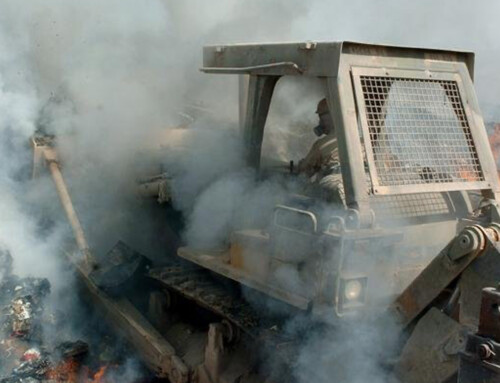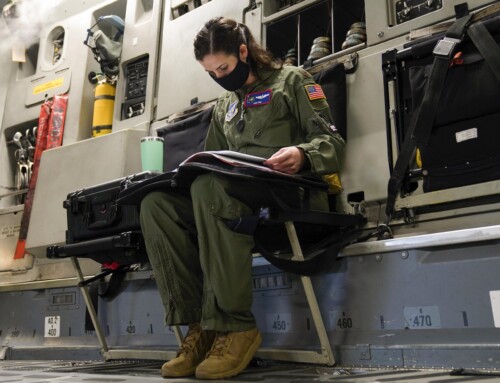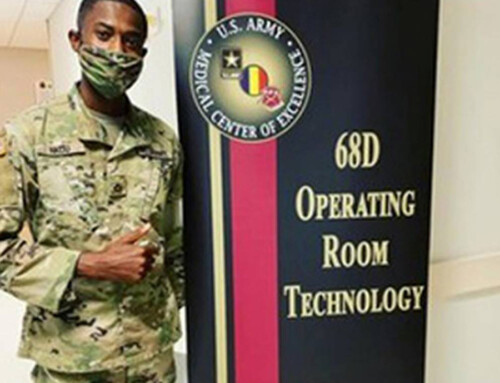The U.S. is nearing a final decision on a job matching platform to improve the odds that military veterans, who are leaving the service, will find the right civilian occupation.
Military veterans leave the service with valuable skills and experience. But translating these qualities into civilian occupations isn’t easy for employers or veterans. The U.S. government is trying to fix that problem with an AI platform.
On Sept. 18, the U.S. will announce the outcome of a multiyear effort to develop a job matching system designed to improve veteran hiring. If it decides to move ahead with its final award, the winner is expected to be Eightfold AI Inc., an HR recruiting and talent management software vendor in Mountain View, Calif.
The government started with more than 50 vendors in 2019. In June 2020, the final three vendors were announced. Along with Eightfold, they included LinkedIn and SquarePeg Hires in New York. In July, the U.S. Dept. of Labor announced that it had picked Eightfold to pilot the job matching application.
The Dept. of Labor, along with the Dept. of Defense and the Dept. of Veterans Affairs, ran the search for a job matching technology in the form of a “veterans employment challenge,” which included up to $1 million in prizes. The goal was to solve a longstanding communication problem in veteran hiring.
There’s a gap in “veteran speak versus corporate speak,” said Jake Hutchings, executive vice president at Bradley-Morris Inc., a military recruiting firm that specializes in transitioning veterans.
“Often, both parties are missing the Rosetta Stone to communicate,” Hutchings said.
Making sense of veteran hiring
Hutchings cited the example of a U.S. Navy machinist mate who “is not what an employer may think of as a traditional machinist but is someone who works with shipboard hydraulics and pneumatics,” he said. This experience “is often a perfect fit” for an in-house maintenance technician role, he said.
The job matching engines for veteran hiring today usually rely on a military occupation code or a military occupational specialty code to match occupations. But the codes don’t necessarily reflect service member skills.
“Veterans complete their military service with unique and technical skill sets that bring value to all sectors of the economy but can encounter challenges framing their experience and skills for civilian employers,” a Labor Dept. spokesperson said. The agency responded to written questions from SearchHRSoftware.
“Employers report that they are also missing an opportunity to attract and retain a capable, competent workforce and recognize the value in veterans and military spouses,” the Labor Dept. spokesperson said. The codes don’t fully encompass a veteran’s hard and soft skills.
“There is a need for both a more sophisticated matching mechanism and a simpler interface that can pull from existing data sources,” the Labor Dept. spokesperson said.
Eightfold said it built its job matching algorithm by using its database of anonymized resumes and job profiles. That included 700,000 records of veterans or service members transitioning out of the military service.
If the transition from military to civilian occupations is executed poorly, said Kamal Ahluwalia, president of Eightfold, veterans will end up in jobs “of much lower caliber and much lower compensation.”
According to the Bureau of Labor Statistics, veterans account for about 18.8 million men and women. About 200,000 exit the military each year.






